Sony’s Alpha stable has been going from strength to strength since the introduction of the first Alpha 7 cameras in 2013, with a generous stable of models in both the full-frame and APS-C ranges. It can be a little daunting to sort through all the models available to suss out which one is for you. Fortunately, we’ve got a comprehensive guide to every camera in the system for you right here.
Read on to see which is the Sony Alpha camera for you…
Full-frame
Sony α7 III
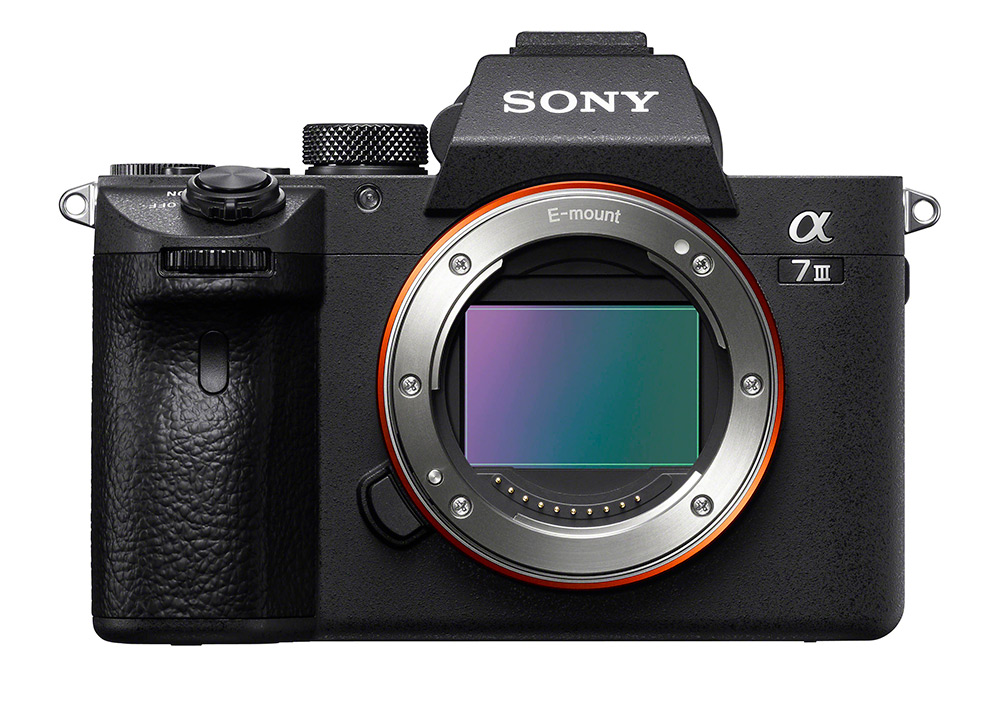
This is the most recent camera to join the Sony alpha family. It’s the third iteration in the a7 series that started it all, boasting a 24.2MP sensor just like the two that came before it. New to this sensor, however, is a backside-illuminated architecture that improves its ability to handle noise, making for better low-light performance and a higher extendable maximum ISO of 204,800.
The sensor’s upgraded architecture also improves its readout speed, making for all-around faster performance assisted by Sony’s Bionz X processor. This means up to 10fps shooting with autofocus, and a generous buffer of 189 JPEGs, 82 compressed Raws or 40 uncompressed Raws in a single burst. Elsewhere you’ve got sophisticated 5-axis optical image stabilisation, an autofocus system with 693 points, and sophisticated monitoring options thanks to the 2.3-million-dot EVF and tilting touch LCD screen.
The a7 series may be the most straightforward of Sony’s full-frame mirrorless range, but as the a7 III demonstrates, there’s nothing basic about it.
Key features
- Sensor: 24.2MP full-frame CMOS sensor with back-illuminated design
- ISO range: 100-51,200 (expandable to 50-204,800)
- Burst speed: 10fps
- Max video resolution: 4K 30p (HDR video available)
Sony α7 II
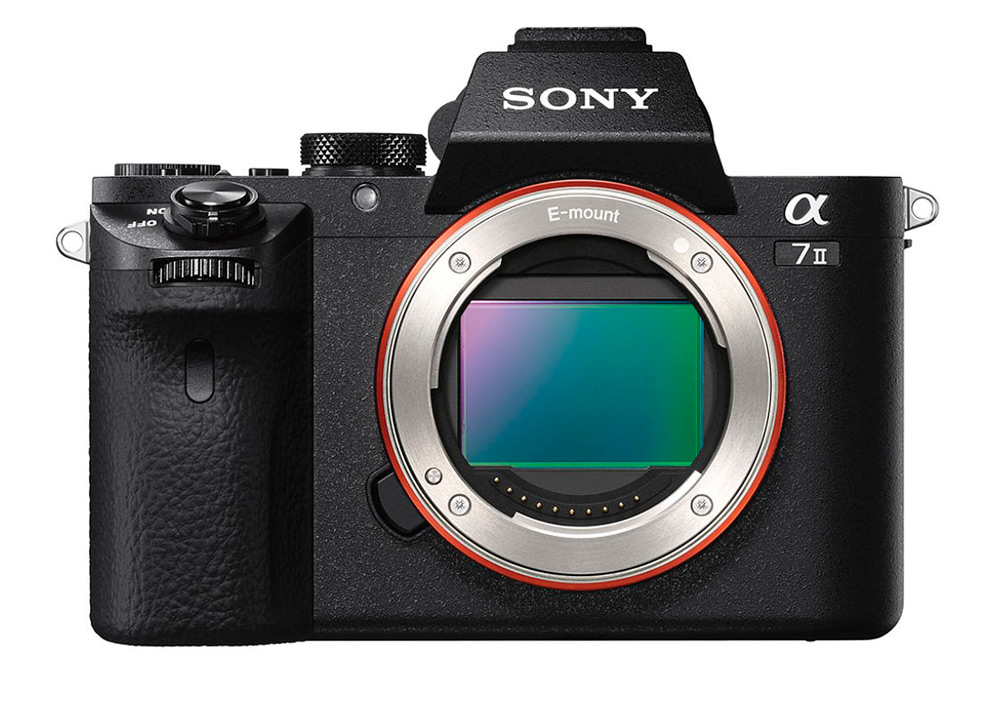
Though the a7 II used the same sensor as its predecessor the a7, it brought a number of ergonomic and internal improvements to the table. It was the first of Sony’s full-frame mirrorless range to feature in-body image stabilisation, the 5-axis SteadyShot system that allows for significantly slower shutter speeds to be used handheld. The body of the camera also got a redesign, with a more pronounced grip to evoke DSLR-style handling without compromising on the small and light build that makes the mirrorless range so attractive.
Key features
- Sensor: 24.3MP full-frame Exmor CMOS sensor
- ISO range: 100-25,600 (expandable to 50)
- Burst speed: 5fps
- Max video resolution: Full HD 60p
Sony α7

It all began back in 2013 with a pair of true game-changers. This was one — the original Sony a7, a full-frame camera packing the power of a DSLR into the body of a CSC. A 24.3MP full-frame sensor working with the powerful Bionz X processor to ensure fast and high-quality shooting, the Sony a7 was an amazing camera for 2013, and to be honest it holds up pretty well today. It lacks the fancy features that would arrive on subsequent cameras, such as a touchscreen and the ability to shoot 4K video, but it was and is a superb step forward for mirrorless photography.
Key features
- Sensor: 24.3MP full-frame Exmor CMOS Sensor
- ISO range: 100-25,600 (expandable to 50)
- Burst speed: 5fps
- Max video resolution: Full HD 60p
Sony α7R III
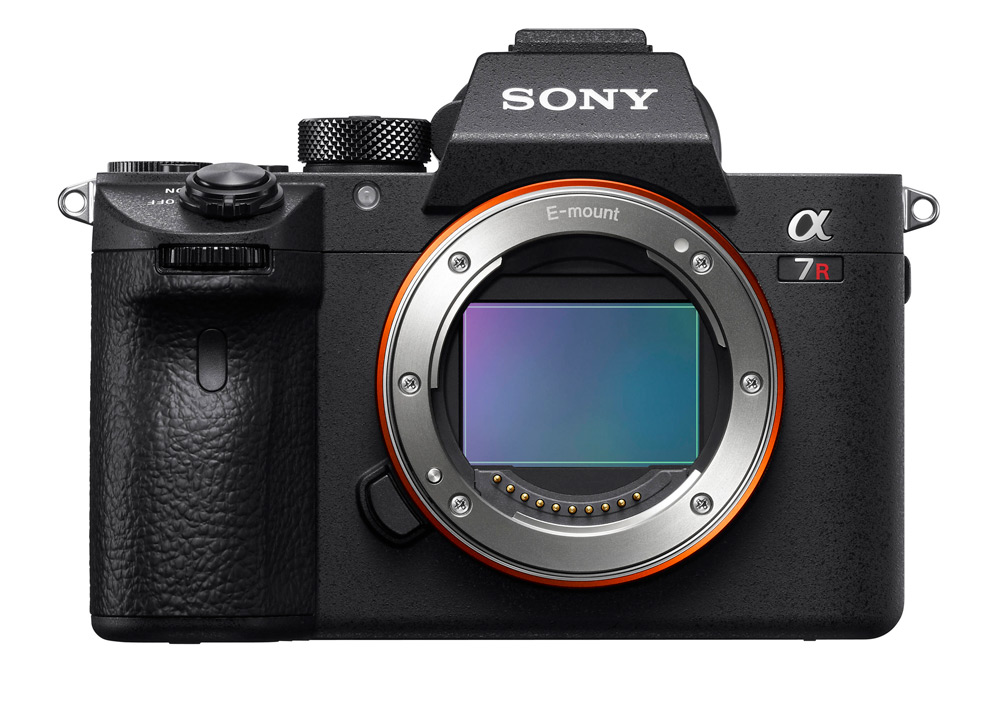
The a7R cameras are the resolution beasts of the Sony stable, boasting massive megapixel counts on their full-frame sensors. They have earned the adulation and loyalty of plenty of landscape shooters ever since the first a7R.
The third iteration of this series keeps things mega-high-quality, with a 42MP full-frame Exmor R BSI CMOS sensor powered by the Bionz X processor. For a sensor like this you want the best-in-class in terms of monitoring, which the a7R III readily supplies in the form of a 3.69-million-dot Tru-Finder OLED electronic viewfinder, and a 3-inch 1.44-million-dot tilting touchscreen LCD. It inherits a few features from Sony’s speedster, the a9 (more on which anon), such as its dual card slots, its fast silent shooting (up to 10fps with nary a whisper) and its tough mechanical shutter. Built to last, the a7R III won’t let you down.
Key features
- Sensor: 42MP full-frame Exmor R BSI CMOS sensor
- ISO range: 100-32,000 (expandable to 50-102,400)
- Burst speed: 10fps
- Max video resolution: 4K 30p
Sony α7R II
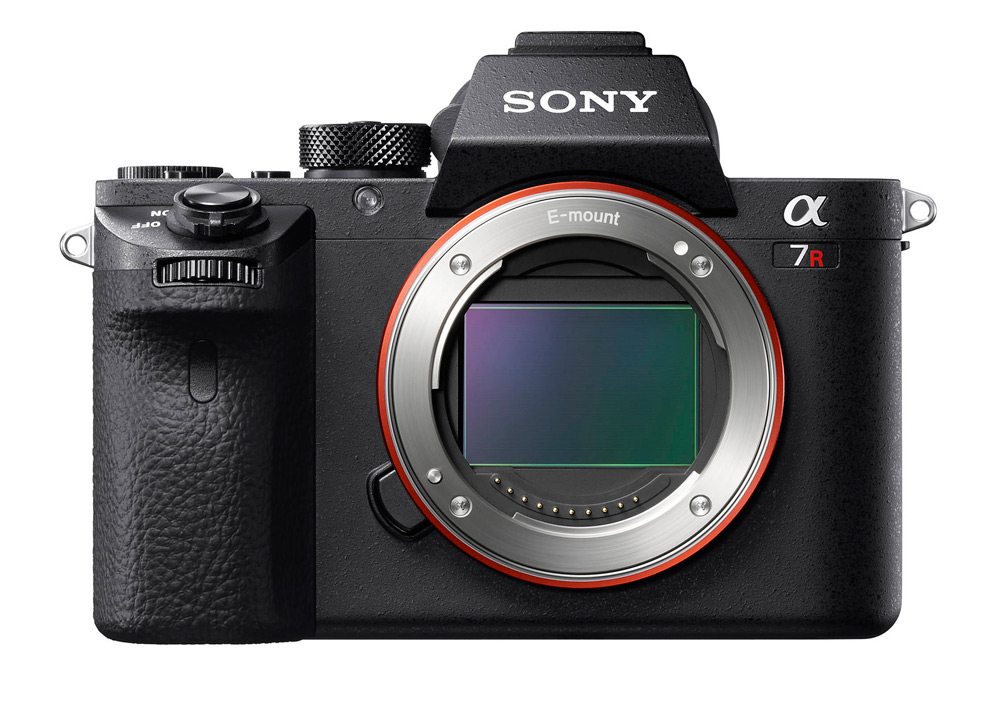
This was the camera that bumped the a7R line up from 36MP to 42MP, with a backside-illuminated sensor that promised peerless image quality in another impressively small body. The a7R II also offered improved readout speed thanks to a worked-over sensor architecture, which used copper wiring instead of aluminium. This made for improved autofocus speed, as well as generally better performance in other areas.
Key features
- Sensor: 42MP full-frame Exmor R BSI CMOS sensor
- ISO range: 100-25,600 (expandable to 50–102,400)
- Burst speed: 5fps
- Max video resolution: 4K 30p
Sony α7R
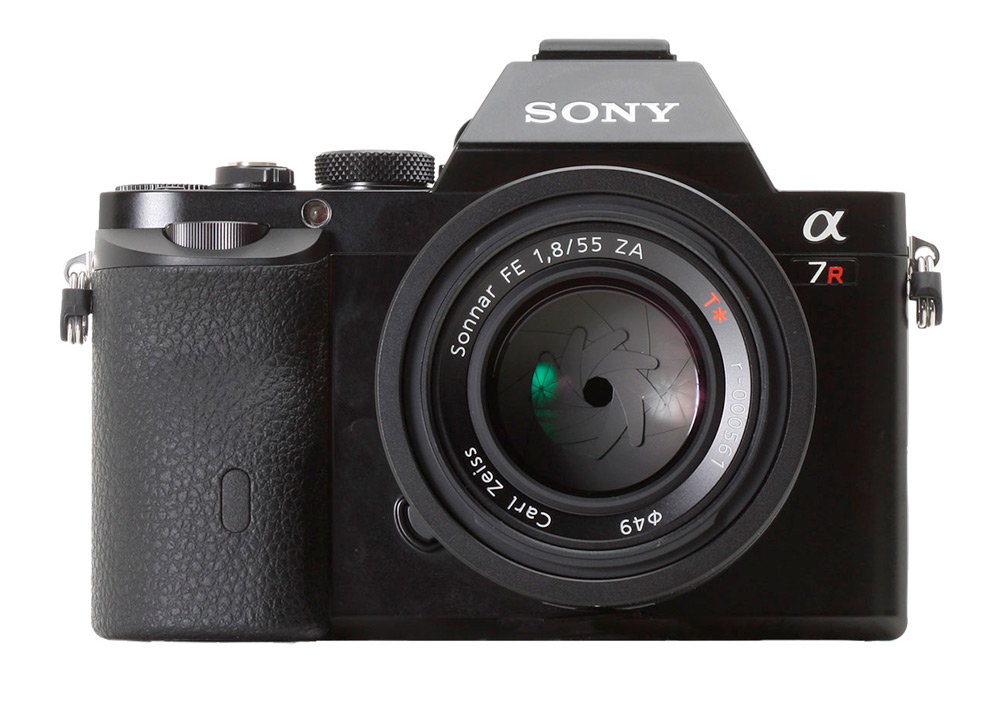
This was the other of the first Alpha 7 releases, debuting alongside the original Sony a7 in 2013. The key difference between the two was in the sensor, which on the a7R carried a resolution of 36.4MP, with no anti-aliasing filter in order to squeeze the maximum potential out of it. Other bonuses included a 2.4-million-dot EVF and an external microphone socket for video shooters, while trade-offs from the lower-resolution a7 included a less sophisticated autofocus system and slower burst shooting.
Key features
- Sensor: 36.4MP full-frame Exmor CMOS sensor
- ISO range: 100-25,600 (expandable to 50)
- Burst speed: 4fps
- Max video resolution: Full HD 60p
Sony α7S II
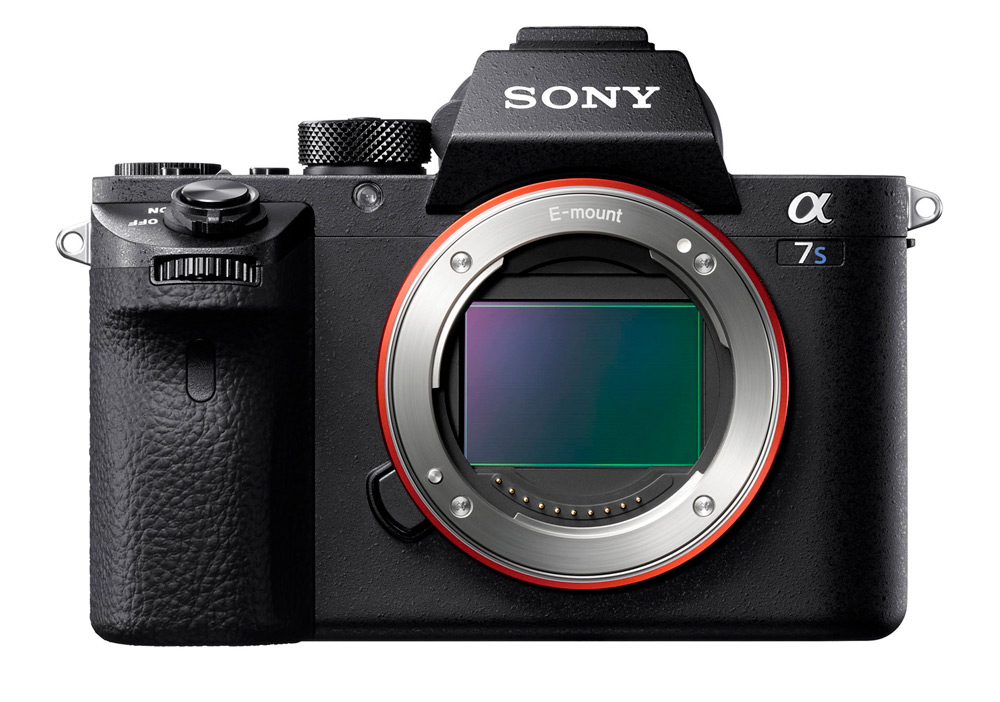
The pro video world fell head over heels for the first a7S camera on its release back in 2014, and the a7S II builds on that success with a raft of improvements, as well as keeping what worked about the original.
The key to the a7S range lies in their sensors, which eschew the generous megapixel counts of the likes of the a7R for a resolution of just 12MP. This allows for much-improved low-light performance, and the a7S II is able to shoot at a whopping maximum ISO level of 409,600, and offers a wide dynamic range. Whereas the original a7S needed an external recorder to record 4K video, the a7S II does it internally, recording with full pixel readout without pixel binning, at a bit rate of up to 100Mbps. Advanced movie features such as the S-Log3 colour profile and 120fps Full HD recording make for a seriously comprehensive video package.
That’s not to say that stills shooters are forgotten about — as well as the aforementioned low-light prowess, the A7S II also provides a sophisticated, intelligent autofocus system with 169 points.
Key features
- Sensor: 12.2MP full-frame Exmor CMOS sensor
- ISO range: 100-102,400 (expandable to ISO 50-409,600)
- Burst speed: 5fps
- Max video resolution: 4K 30p
Sony α7S
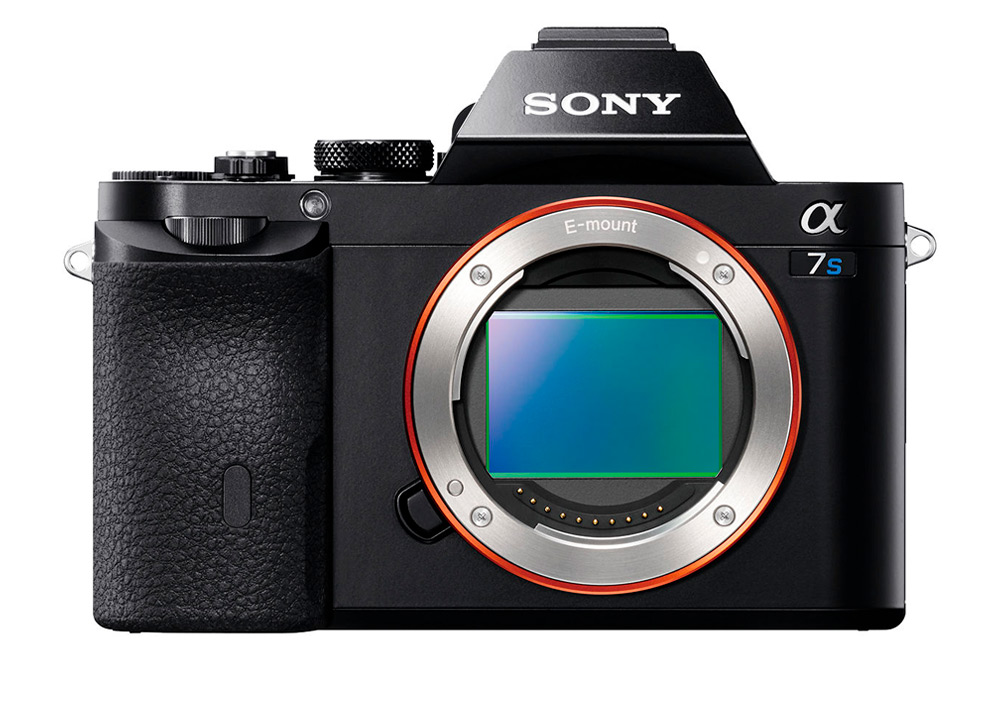
The original a7S, arriving a little after the a7 and the A7R. Using the same 12.2MP sensor as the camera that would follow it, the a7S wowed photographers and videographers alike with its incredible low-light capabilities, and began a small video revolution. It was the camera that caused video shooters to start jumping to Sony in earnest, and it still performs well four years down the line.
Key features
- Sensor: 12.2 MP full-frame Exmor CMOS sensor
- ISO range: 100-102,400 (expandable to ISO 50-409,600)
- Burst speed: 5fps
- Max video resolution: 4K 30p (with external recorder)
Sony α9

Speed is the name of the game when it comes to Sony’s a9, which debuted in 2017. Its ability to shoot at up to 20fps with no viewfinder blackout is complemented by a 693-point AF system, which you can read more about in our autofocus guide [link]. Elsewhere, users can make use of the a9’s two SD card slots to ensure they don’t run out of space for all the files they’re creating, while the silent electronic shutter expands the a9’s usability for wedding work.
Using the electronic viewfinder, photographers can shoot at maximum shutter speeds of 1/32,000sec, while 5-axis SteadyShot image stabilisation and a maximum expandable ISO of 204,800 ensure that the a9 has serious low-light chops. Speedy and versatile, the a9 deserves the serious consideration of any pro photographer.
Key features
- Sensor: 24.2MP Full-Frame Exmor RS Stacked CMOS Sensor
- ISO range: 100-51,200 (expandable to 50-204,800)
- Burst speed: 20fps
- Max video resolution: 4K 30p
APS-C
Sony α6500
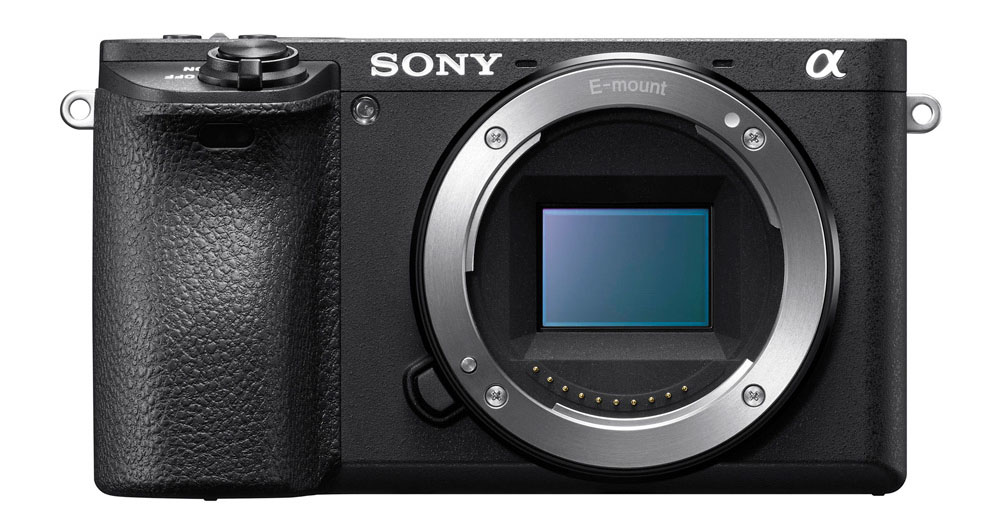
The APS-C flagship of the Sony stable, the a6500 is a sophisticated camera that should certainly not be dismissed just because of its smaller sensor. It’s an action powerhouse, offering a 425-point 4D focus system and an 11fps burst rate with a generous buffer able to capture 307 full-size JPEGs or 107 Raws, which represents a considerable improvement over its predecessor the a6300, which would manage 44 JPEGs or 22 Raws.
The a6500 is also the first of Sony’s APS-C range to gain in-body image stabilisation, while new algorithms improve noise reduction. When you add on 4K video and slow-motion video at 120fps, the a6500 really does start to look like a complete package. Definitely not one to count out.
Key features
- Sensor: 24.2MP APS-C Exmor CMOS sensor
- ISO range: 100-25,600 (expandable to 51,200)
- Burst speed: 11fps
- Max video resolution: 4K 30p
Sony α6300
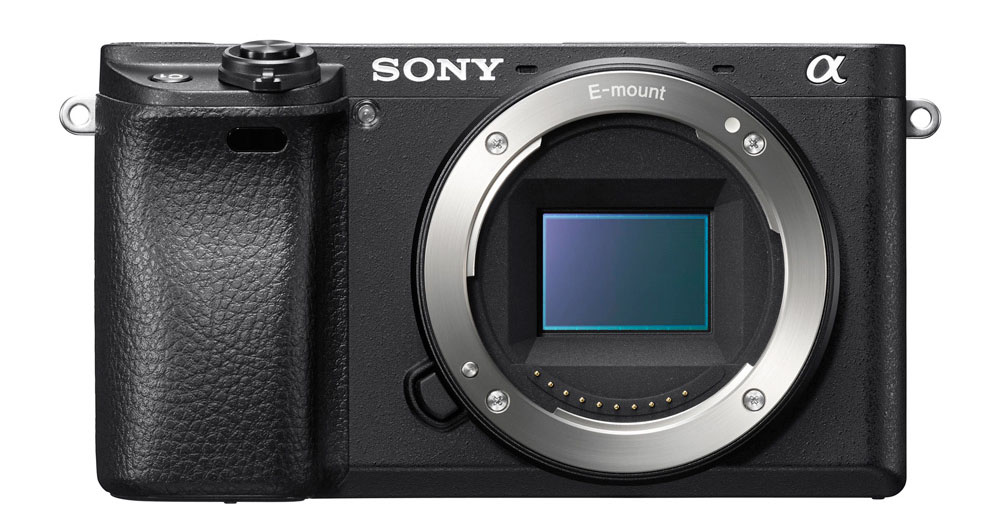
The a6300 preceded the a6500 by only half a year, so there’s a lot of similarity, making for a potential bargain if you’re unfussed about some of the a6500’s flashier features. You still get that lightning-fast and sophisticated autofocus system, as well as 4K video and the generous ISO sensitivity range. The a6300 is still a very good buy.
Key features
- Sensor: 24.2MP APS-C Exmor CMOS sensor
- ISO range: 100-25,600 (expandable to 51,200)
- Burst speed: 11fps
- Max video resolution: 4K 30p
Sony α6000
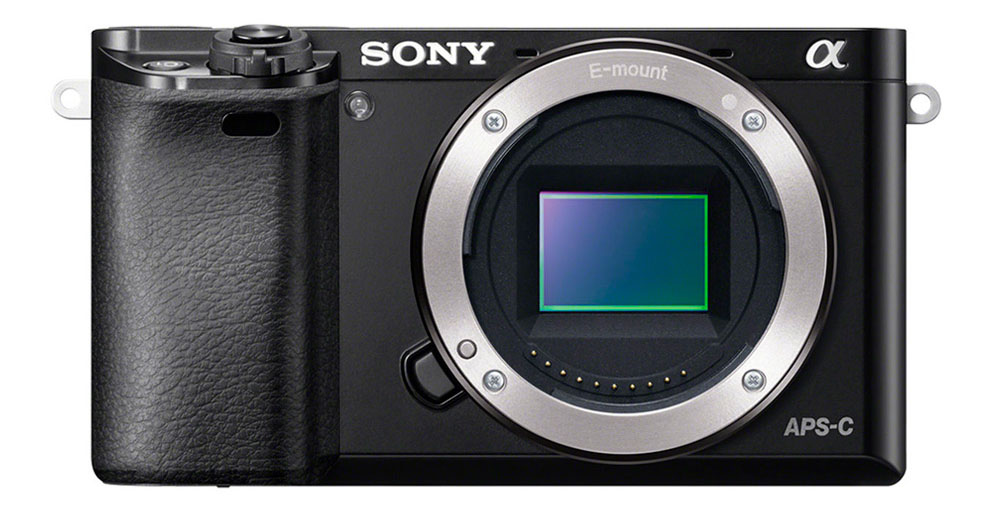
The Sony a6000 was sold with the tagline “quicker autofocus than a DSLR”, though really its key USP was quicker everything. Thanks to the inclusion of the Bionz X processor, the Sony a6000 not only focuses fast, it also shoots fast and starts up fast. Its hybrid AF system of contrast- and phase-detection points isn’t much on its successors, but still works at an impressive clip.
Key features
- Sensor: 24.3MP APS-C Exmor CMOS sensor
- ISO range: 100-25,600
- Burst speed: 11fps
- Max video resolution: Full HD 60p
Sony α5100
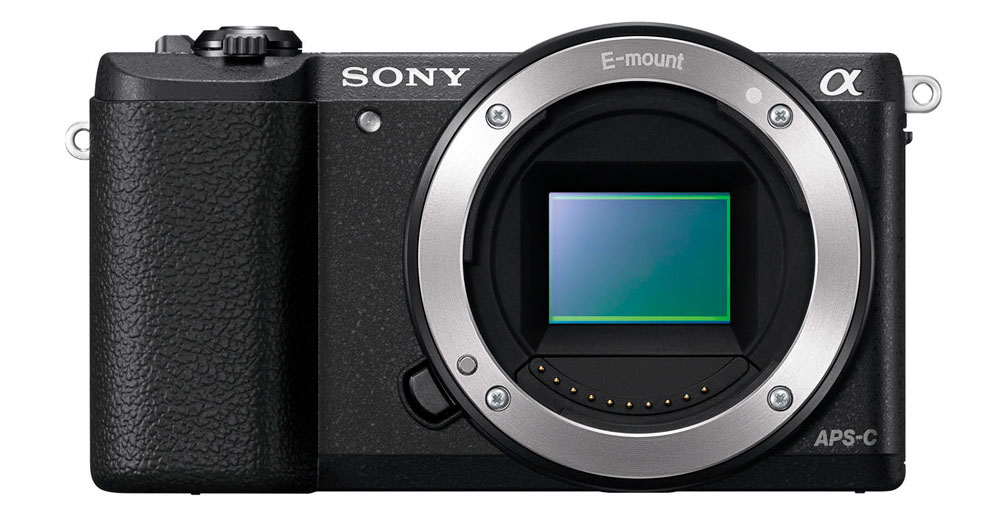
The a5100 debuted to nestle comfortably between the a5000 and a6000 in the APS-C lineup, borrowing the sensor and hybrid AF system from the latter. While it lacks a viewfinder, the tilting touchscreen is a useful addition for monitoring, and five customisable buttons on the rear allow the a5100’s controls to be tuned to taste.
Key features
- Sensor: 24.3MP APS-C Exmor CMOS sensor
- ISO range: 100-25,600
- Burst speed: 6fps
- Max video resolution: Full HD 60p
Sony α5000
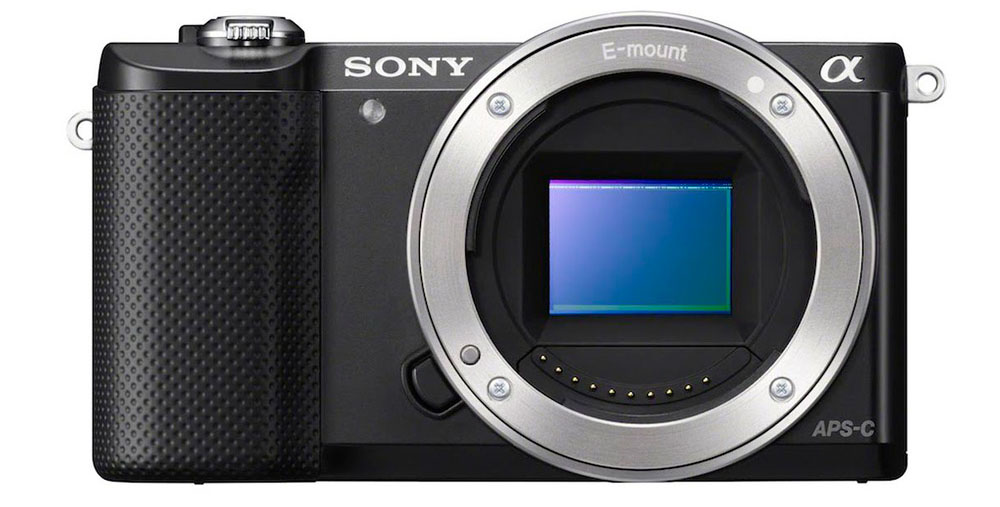
The a5000 refreshed the stale CSCs of the former NEX line, setting the stage for the sleek, compact-esque look of the APS-C models that would continue through to the a6500. It also added now-standard features such as Wi-Fi connectivity.
Key features
- Sensor: 20.1MP Exmor APS-C CMOS sensor
- ISO range: 100-16,000
- Burst speed: 3.5fps
- Max video resolution: Full HD 60i
Sony α3000
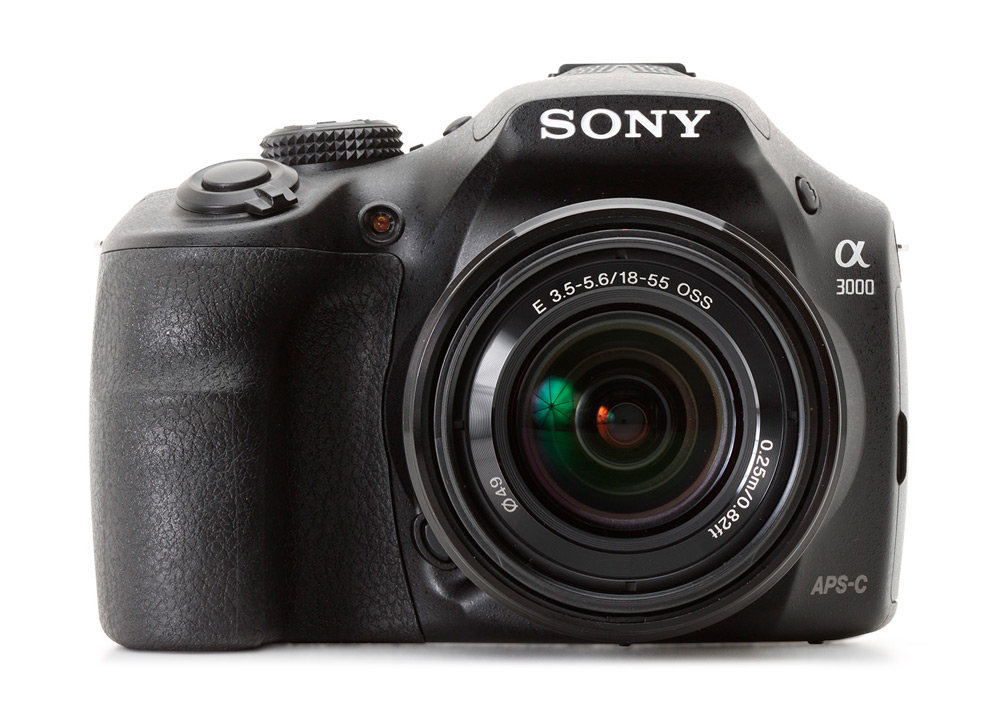
The first camera to arrive bearing the Alpha branding, the a3000 sticks out from the rest of the range thanks to its SLR-esque styling, which is more visually reminiscent of A-mount cameras like the A99.
Key features
- Sensor: 20.1MP Exmor APS HD CMOS sensor
- ISO range: 100-16,000
- Burst speed: 3.5fps
- Max video resolution: Full HD 60i

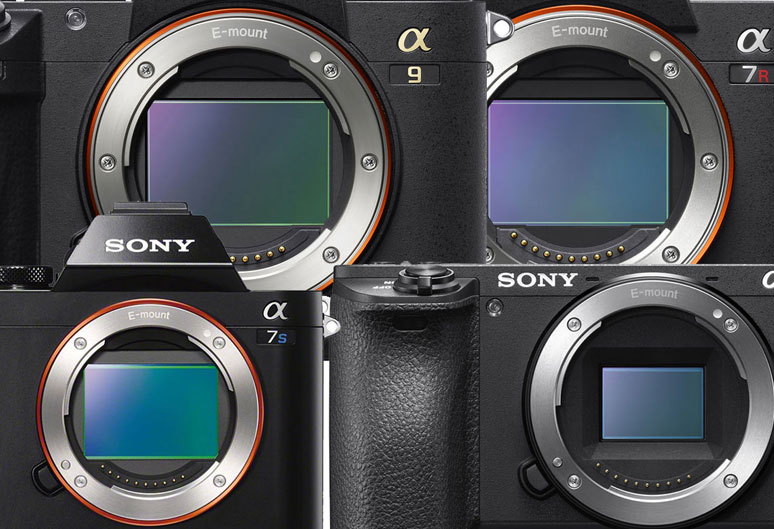
One of the trickiest things to understand with the Alpha series is what Lenses are available and which ones actually work on the camera you have. I think after two years I have finally got there, but a guide to lenses would be really useful to a lot of people.